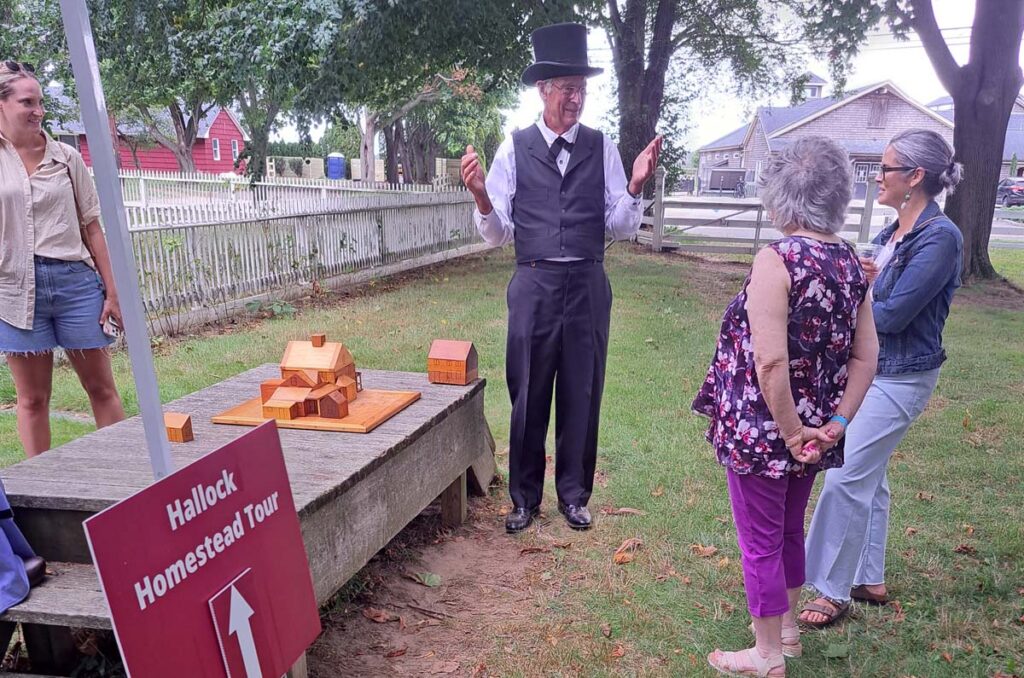SCWA to receive $2.7M in state grant toward Manorville water project

The Suffolk County Water Authority will receive a $2.7 million grant toward a project that will provide public water to Manorville residents plagued by contaminated private drinking water wells.
The funding, part of $18.9 million total the SCWA will receive through the New York State Environmental Facilities Corporation, is on top of an earlier $3.5 million federal grant that was announced in March.
The estimated cost of the Manorville Water Main Extension is $6.75 million, according to the state and SCWA. The Town of Brookhaven is also contributing $2 million to the Manorville project, the SCWA said.
The SCWA will receive funding for 12 projects total across the county.
“On behalf of SCWA ratepayers, we thank Gov. [Kathy] Hochul for providing this funding to help us continue to provide high quality drinking water to Suffolk County residents,” SCWA chief executive officer Jeffrey Szabo said in a statement. “The Suffolk County Water Authority has proactively addressed emerging contaminants through comprehensive testing and the development of innovative treatment technologies.”
A total of $638 million in grants was awarded to municipalities and public authorities for 199 water infrastructure projects across the state that are aimed at protecting public health or improving water quality.
In March, federal officials announced that Riverhead Town would receive $3.5 million in federal grant money as well to provide public water to 60 homes in Manorville within Riverhead Town. The SCWA received the same total for homes south of the former Navy/Grumman site in Calverton that are served by SCWA in Brookhaven Town. The SCWA and Riverhead Water District have been at odds in recent years in trying to secure funding to connect the Manorville homes.
Many of the wells have tested positive for contaminants including Perfluoroalkyl and Polyfluoroalkyl Substances (PFAS) and Perfluoralkyl Carboxylate (PFOA) in excess of NYS limits, officials said. These substances were developed in the 1940s and 1950s and commonly used in firefighting foams.








